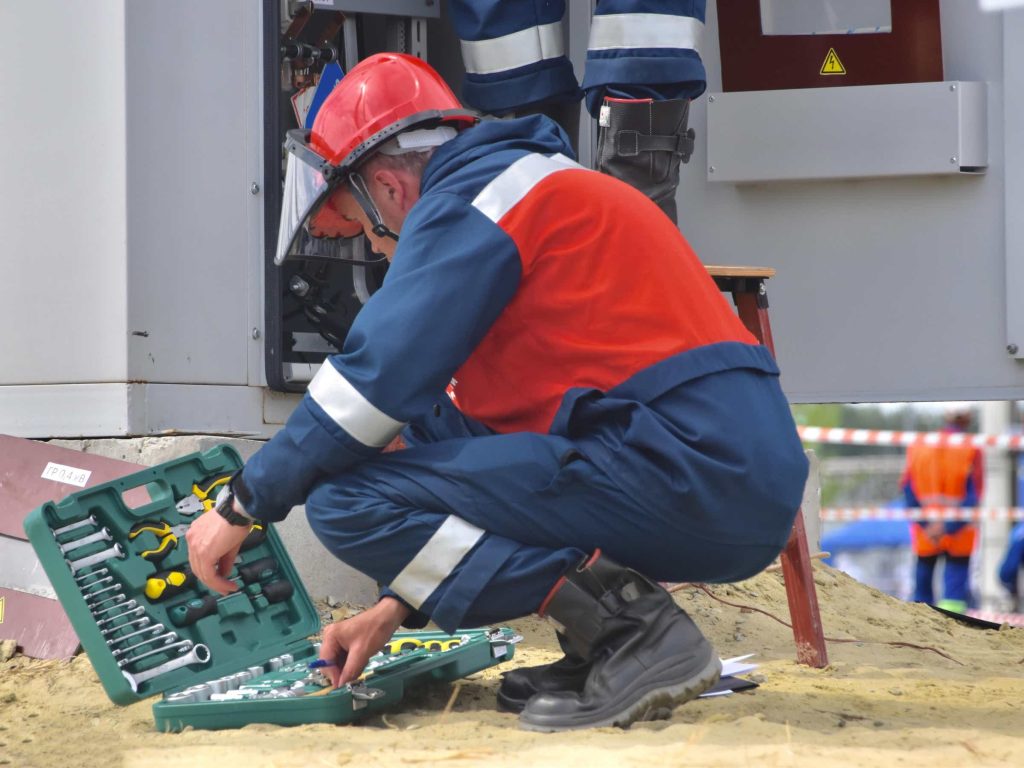In the pursuit of a sustainable and efficient future, the adoption of green plumbing practices stands out as a crucial endeavor. Plumbing, an essential component of any built environment, plays a pivotal role in both water conservation and energy efficiency. By integrating innovative techniques and eco-friendly materials, green plumbing practices contribute to reducing the overall environmental impact of buildings while enhancing their operational efficiency. One of the primary focuses of green plumbing is water conservation. Traditional plumbing systems often result in excessive water wastage through leaks, inefficient fixtures and outdated technologies. However, by implementing water-saving fixtures such as low-flow toilets, aerated faucets and smart irrigation systems, the amount of water consumed can be significantly reduced. Utilizing advanced sensor technologies allows for real-time monitoring and automatic adjustment of water usage, ensuring that water is used only when and where necessary. Greywater recycling systems further enhance sustainability by treating and repurposing wastewater from sinks, showers and washing machines for non-potable purposes like landscape irrigation and toilet flushing. This not only conserves water but also reduces the burden on sewage systems.
 Energy efficiency is another critical aspect of green plumbing practices. Conventional water heating methods can be energy-intensive and contribute to greenhouse gas emissions. The incorporation of energy-efficient water heaters, such as heat pump water heaters and solar water heaters, taps into renewable energy sources, minimizing the reliance on fossil fuels. Additionally, properly insulated pipes prevent heat loss during water transportation, further optimizing energy consumption. Advanced plumbing designs also emphasize the reduction of hot water wastage by ensuring that hot water reaches faucets and showers more quickly, minimizing the need to run water before it reaches the desired temperature. Material selection plays a substantial role in the sustainability of plumbing systems. Traditional materials like PVC and copper can have negative environmental impacts during production and disposal. Green plumbing practices encourage the use of eco-friendly alternatives such as PEX (cross-linked polyethylene) piping, which requires less energy and resources to manufacture and is more resistant to corrosion, increasing its lifespan. Moreover, choosing locally sourced and recycled materials reduces the carbon footprint associated with transportation and extraction.
Energy efficiency is another critical aspect of green plumbing practices. Conventional water heating methods can be energy-intensive and contribute to greenhouse gas emissions. The incorporation of energy-efficient water heaters, such as heat pump water heaters and solar water heaters, taps into renewable energy sources, minimizing the reliance on fossil fuels. Additionally, properly insulated pipes prevent heat loss during water transportation, further optimizing energy consumption. Advanced plumbing designs also emphasize the reduction of hot water wastage by ensuring that hot water reaches faucets and showers more quickly, minimizing the need to run water before it reaches the desired temperature. Material selection plays a substantial role in the sustainability of plumbing systems. Traditional materials like PVC and copper can have negative environmental impacts during production and disposal. Green plumbing practices encourage the use of eco-friendly alternatives such as PEX (cross-linked polyethylene) piping, which requires less energy and resources to manufacture and is more resistant to corrosion, increasing its lifespan. Moreover, choosing locally sourced and recycled materials reduces the carbon footprint associated with transportation and extraction.
To ensure the effectiveness of green plumbing practices, proper design, installation and maintenance are essential. Collaboration among architects, bathroom fitters, plumbers and engineers during the design phase can optimize the layout of plumbing systems for efficiency. Well-trained professionals should execute installations meticulously to prevent leaks and inefficiencies. Regular maintenance checks and prompt repairs ensure that the plumbing systems continue to operate optimally, avoiding water wastage and energy inefficiencies due to leaks or malfunctions. In conclusion, embracing green plumbing practices holds the potential to revolutionize the way we use water and energy in buildings. Through water conservation, energy efficiency and mindful material choices, these practices pave the way for a more sustainable and efficient future. By implementing these innovative approaches and fostering collaboration among stakeholders, we can minimize the environmental footprint of plumbing systems while maximizing their performance, ultimately contributing to a greener and more sustainable world.
